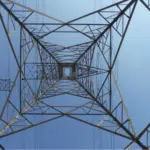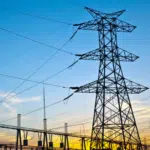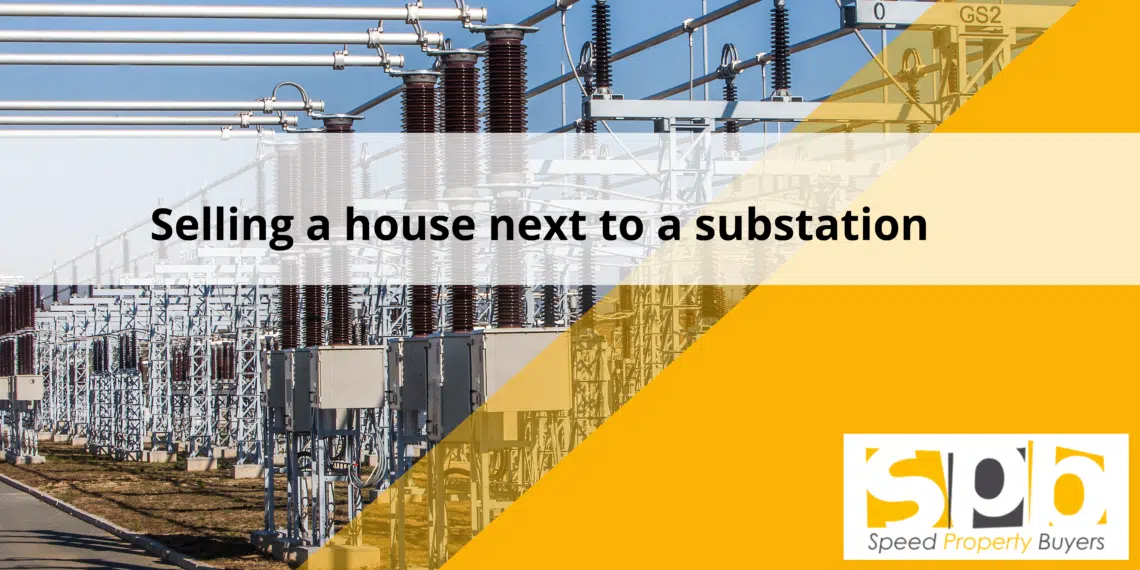Selling a house next to a substation
Small substation next to house – what to do?
Understanding Distribution Substations
Living near a small distribution substation is a common scenario across many neighbourhoods. These compact yet vital components of the electrical infrastructure quietly serve their purpose, transforming high-voltage electricity into the usable current that powers homes. But while their presence is essential for a modern, connected lifestyle, prospective homebuyers often wonder about their safety, potential health impacts, and property implications.
Local distribution substations are typically designed to supply electricity to several hundred homes, stepping down voltage to the standard mains level. They’re strategically placed near residential areas to efficiently distribute electricity through underground cables, minimising disruption and visual impact. The National Grid and other energy providers across the UK depend on these substations to maintain a consistent and reliable power supply, making them indispensable to the country’s infrastructure.



Electric and Magnetic Fields
A common concern about living close to a substation is exposure to electric and magnetic fields, collectively referred to as EMFs. These are produced by all electrical installations, including the wiring within your home. However, substations are specifically designed so that they do not produce significant external electric fields. Most of the electric field remains contained within the structure or fencing, thanks to grounded components and shielding.
Magnetic fields, on the other hand, are produced by current flowing through the conductors and can exist outside the substation. The local demand for electricity influences the strength of a magnetic field; during periods of high usage, these fields may intensify slightly, though still typically remain well below internationally accepted limits.
It is not unusual to measure some degree of magnetic field near the perimeter of a substation, particularly around transformers and high-voltage cables. However, the levels decline rapidly with distance and are often lower than what is emitted by everyday household appliances.
Health Risks and EMF Exposure
Health concerns linked to EMF exposure have generated much debate and research over the years. Some studies have explored the possibility of connections between high EMF exposure and conditions like childhood leukaemia, but these findings remain inconclusive. Independent expert bodies such as the International Commission on Non-Ionizing Radiation Protection (ICNIRP) have developed public exposure limits to guide safe levels.
The consensus among public health organisations, including the NHS and Public Health England, is that EMFs below these guideline levels do not pose significant health risks.
That said, the topic still raises concern among the general public. Those looking to better understand potential health effects or who have specific worries about a property near a substation can contact the EMF Helpline or request EMF measurements. These services provide guidance and factual information to help homeowners make informed decisions.
Safety Precautions and Substation Access
From a safety standpoint, substations are rigorously protected to prevent unauthorised access. In the UK, substations are either enclosed by secure fences or built into sealed, locked buildings.
Only authorised and trained personnel are permitted to enter these facilities. These precautions are not only aimed at safeguarding the electricity infrastructure but also protecting the public from accidental exposure to high-voltage equipment.
Entering a substation without proper clearance is both dangerous and illegal. The structures are clearly marked with warning signs, and the fences or walls are built to discourage interference. These barriers also help minimise exposure to EMFs by keeping individuals at a safe distance. UK policy places a strong emphasis on clearly defined safety zones, ensuring that both health and security considerations are addressed.
Minimising Risks and Ensuring EMFs Safe Levels
For those living in close proximity to a substation, it’s possible to further reduce any potential EMF exposure through practical steps. An EMF survey conducted by a qualified technician can help identify field strengths around your property and determine whether levels fall within accepted safety limits.
If desired, additional measures such as EMF shielding materials or relocating living spaces within the home can be explored. These are typically more relevant in rare cases where fields are unusually strong due to unique infrastructure configurations.
Being informed is key. Individuals considering a home near a small substation should take the time to understand the implications, ask the right questions, and review relevant documentation.
This includes local planning records, title deeds that might include easements, and communication with the electricity provider if there are specific questions about the equipment nearby.
Ultimately, living near a small distribution substation need not be a cause for alarm. These facilities are essential to ensuring that homes have a stable and safe electricity supply, and in most cases, they are unobtrusive neighbours.
By understanding how EMFs work, recognising the robust safety measures in place, and staying informed through reputable sources, homeowners can enjoy peace of mind while benefiting from reliable access to power.
Selling a house next to electricity substations
Selling a house near a small substation can be tricky because some buyers worry about health concerns or don’t like how the substation looks. While a few buyers might see it as a way to get a cheaper property, others might be put off, making the sale slower or pushing the price down.
If you’re looking for a quick and simple sale without these issues, Speed Property Buyers can help. They specialise in buying homes in all kinds of locations, including those next to substations, and can make the process easier by avoiding the usual delays and complications of the property market.
Conclusion
The decision to buy a property next to a substation is a personal one, and while concerns about EMF exposure are understandable, they are also manageable. Thanks to stringent UK guidelines and the careful design of electrical infrastructure, substations operate safely within residential environments.
With appropriate due diligence, buyers can confidently assess whether a home near a substation meets their expectations for comfort, safety, and long-term value.
| Concern | Details | Recommended Action |
|---|---|---|
| Health Risks (EMFs) | Potential exposure to electromagnetic fields from nearby equipment | Check Public Health England and ICNIRP guidance; consider EMF survey |
| Property Value | May be 5–15% lower compared to similar properties | Use value to negotiate; seek local sales comparisons |
| Mortgage Approval | Some lenders may request additional inspections | Consult lender early; provide surveyor reports |
| Resale Difficulty | Potential buyers may be discouraged by substation proximity | Consider working with buyers like Speed Property Buyers |









Comments (0)